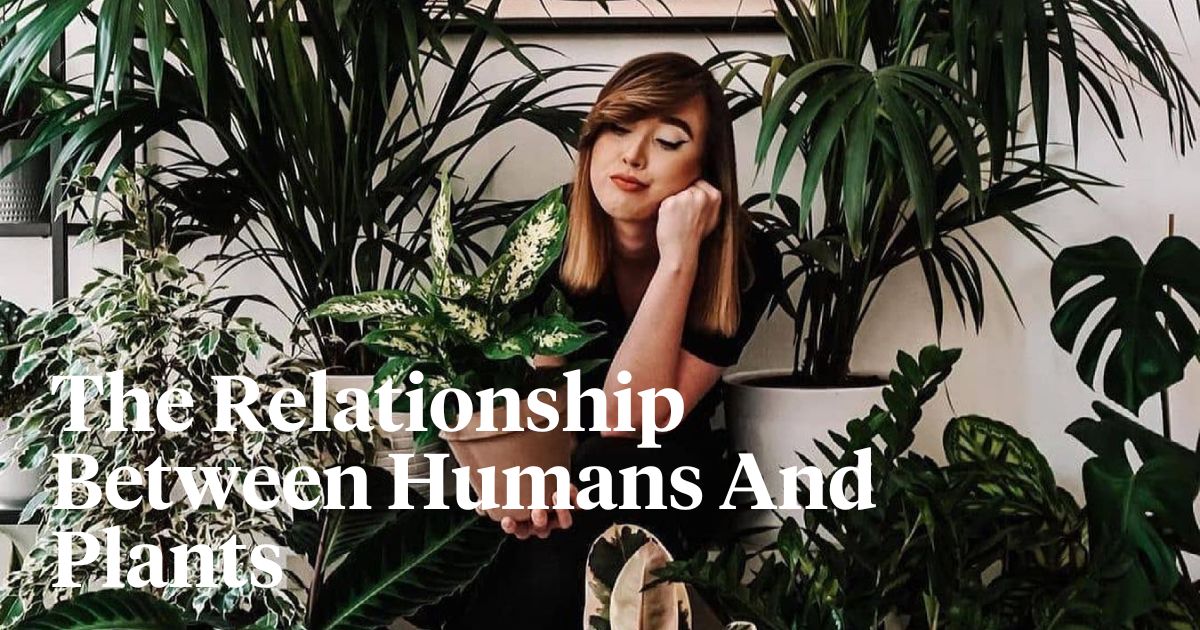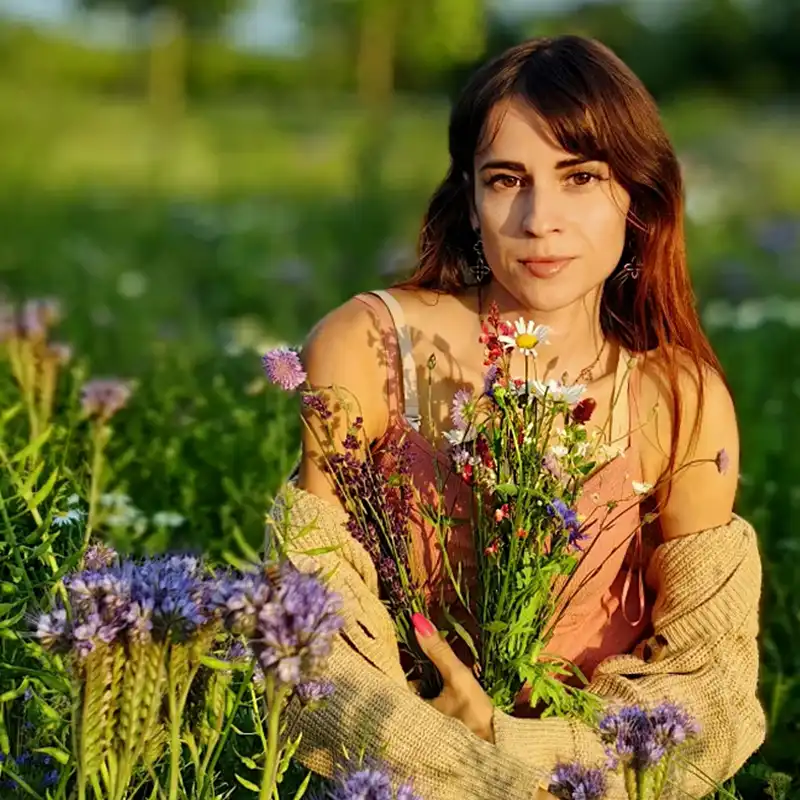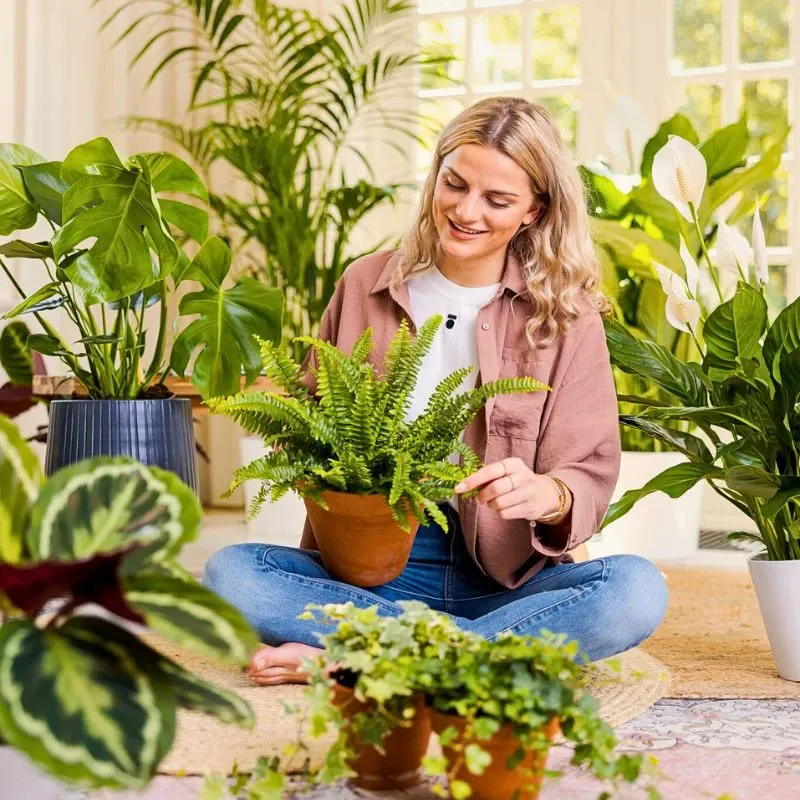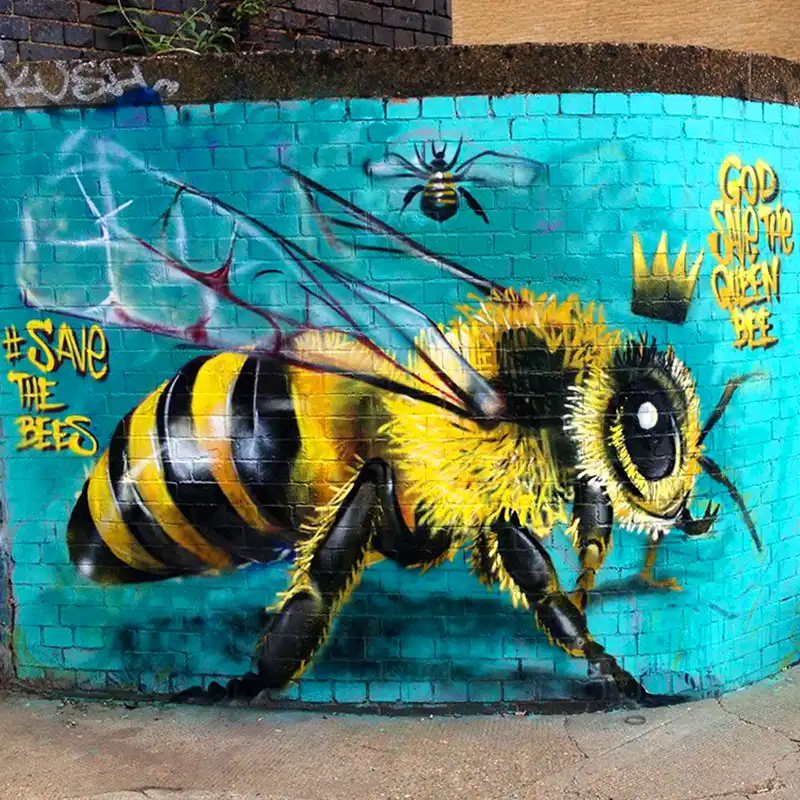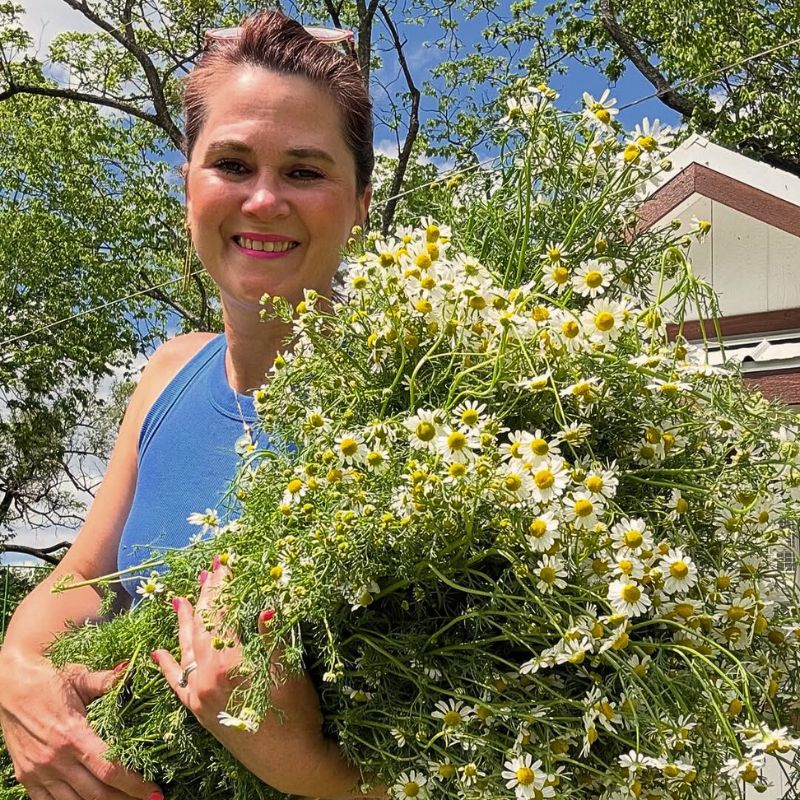In a world increasingly driven by science and technology and brimming with technological advancements and urban landscapes, it's easy to overlook flowers' and plants' subtle yet profound influence on humans. Scientific inquiry has, with time, peeled back layers, revealing a complex web of benefits these botanical and horticultural wonders bestow upon human life.
The relationship between humans and plants transcends aesthetic appeal, embedding itself in the very fabric of our well-being. Adapted through centuries, this connection is now receiving its due recognition through a rigorous scientific lens, reaffirming what many cultures have always known: plants are not just decorative elements but vital to our existence.
Let's explore the multi-faceted benefits plants and flowers offer, backed by scientific research and peppered with a dash of wit and wisdom. From their role in physical health and well-being to their impact on our communities and the environment, the story of plants and flowers is rich, enlightening, and, most importantly, grounded in science.
The Vital Essence of Flora in Human Wellness
The tranquil presence of flowers and plants is a serene reminder of nature's brilliance, and their myriad benefits remain intertwined with our health, emotions, and environment. This is how flowers and plants are the essential pillars of our well-being. Just as flora play a crucial role in enhancing our physical and mental well-being, integrating meal kits such as HelloFresh into our diet can revolutionize the way we approach cooking and eating. Learn what are the benefits of a meal kit delivery service to discover how it can save time, reduce food waste, and inspire joy in the kitchen.
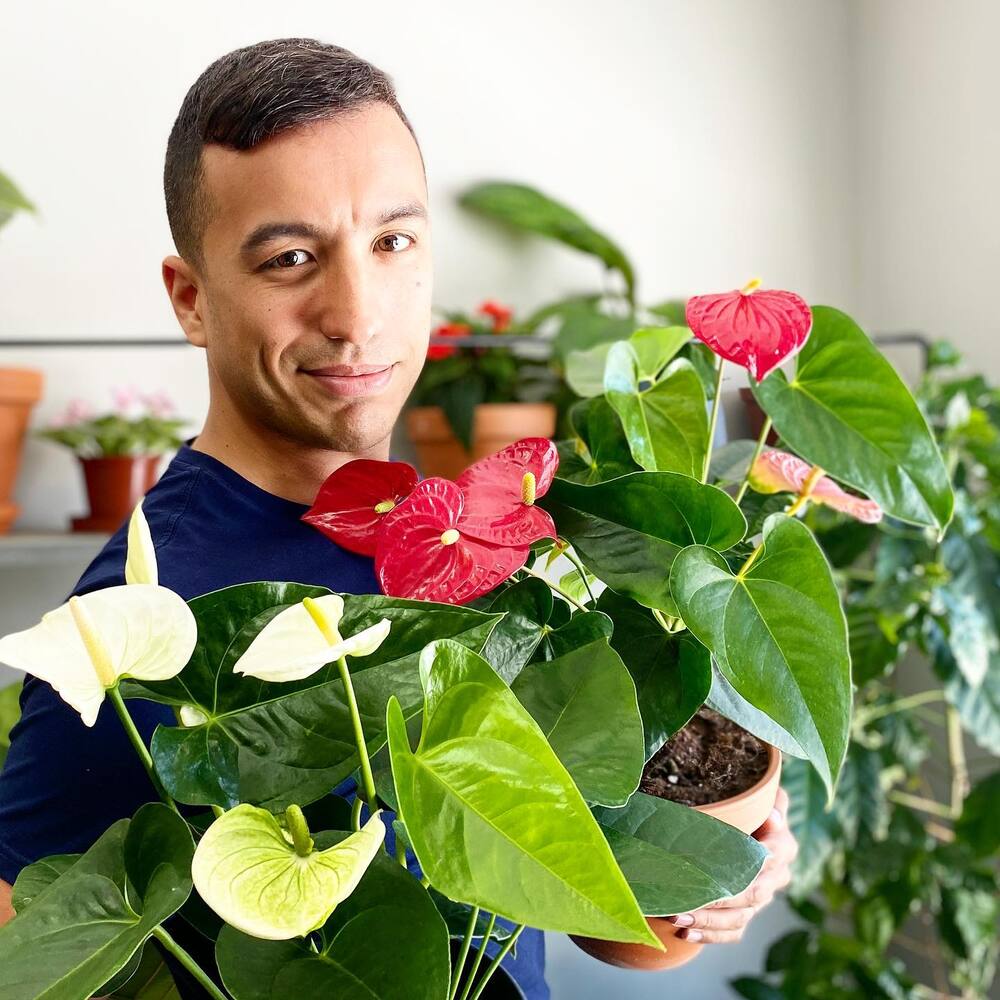
#1 Breathe Easy With Nature's Air Purifiers
The humble houseplants, often adorning our window pills and living spaces, are silent warriors against indoor pollution. As you can read in this article, research from NASA has illuminated the extraordinary ability of certain plants, like the spider plant (Chlorophytum comosum) and peace lily (Spathiphyllum), to absorb not just carbon dioxide but a plethora of common pollutants like formaldehyde, benzene, and trichloroethylene. They ingeniously convert these toxins into harmless substances, exhaling pure oxygen in return, a process elegantly simple yet profoundly impactful.
And it's not magic after all; it's a process called phytoremediation - plants' remarkable ability to filter, absorb, and detoxify the air we breathe.
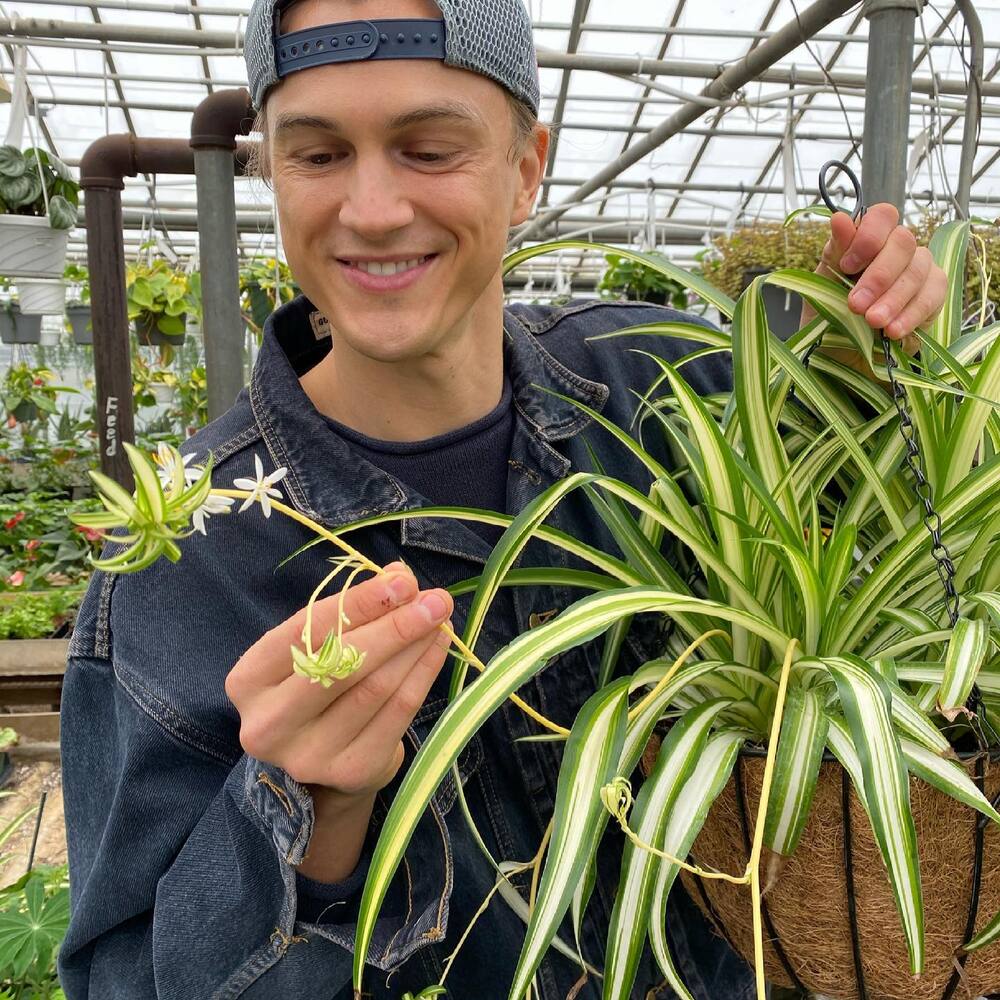
#2 Natural Healing Properties
The intersection of botany and medicine reveals a treasure trove of natural healing. Beyond their ornamental value, many plants hold secret healing powers, a fact that traditional medicine has celebrated for centuries. Modern science also bows to this wisdom, with studies validating their therapeutic properties.
Plants like aloe vera, known for its skin-healing prowess, and Echinacea, touted for boosting the immune system, are just the tips of the iceberg. From turmeric's anti-inflammatory benefits to lavender's calming essence, nature's apothecary is vast and surprisingly effective, offering a complementary arsenal in the modern medical toolkit.
Numerous studies, including those published in the Journal of Ethnopharmacology, underscore the bioactive compounds of plants that battle diseases and aid in healing. This green pharmacy is our ancestral heritage, encapsulating centuries of wisdom and healing.
#3 Greenery as Healing Companion for Health Recovery
In a fascinating interplay between the human psyche and plant life, studies have shown that patients with plant-filled hospital rooms tend to recover faster than those without.
This is attributed to plants' psychological and physiological benefits, such as reducing stress, lowering blood pressure, and enhancing mood, collectively expediting healing.
It's about an innate connection to life and growth, a silent encouragement emanating from the green leaves and colorful petals, whispering renewal messages to our subconscious and influencing recovery.

#4 Nutritional Benefits Beyond the Usual Green
While we often praise the virtues of common vegetables and fruits, the nutritional benefits of edible flower plants are, in various cases, second to none. Packed with unique vitamins and minerals, these botanical wonders offer a diverse palette for our dietary canvas.
Flowers like Nasturtiums, Lavender, and the less common leafy greens like Purslane are nutritional powerhouses. Rose hips and the protein-packed Moringa leaves are vitamin and mineral-rich and contribute to a diverse and healthful diet, highlighting the nutritional versatility of plants.
Influence of Flora on Mental and Emotional Well-Being
Plants and flowers are pivotal in enhancing our mental and emotional well-being. Let's delve into some compelling scientific evidence that highlights the same.
#5 The Art of Stress Alleviation Through Gardening
Gardening and plant care are not just hobbies revolving around nurturing plants; it's about nurturing the soul - a therapeutic practice steeped in serenity.
The routine gardening tasks - watering, pruning, or simply admiring the growth - act as a natural stress reliever. A study published in the Journal of Health Psychology demonstrated that gardening could decrease cortisol levels, a stress-related hormone.
The rhythmic nature of gardening, combined with the sensory experience of handling plants and soil, creates a meditative state, effectively grounding us in the present moment, away from the chaos of everyday life.
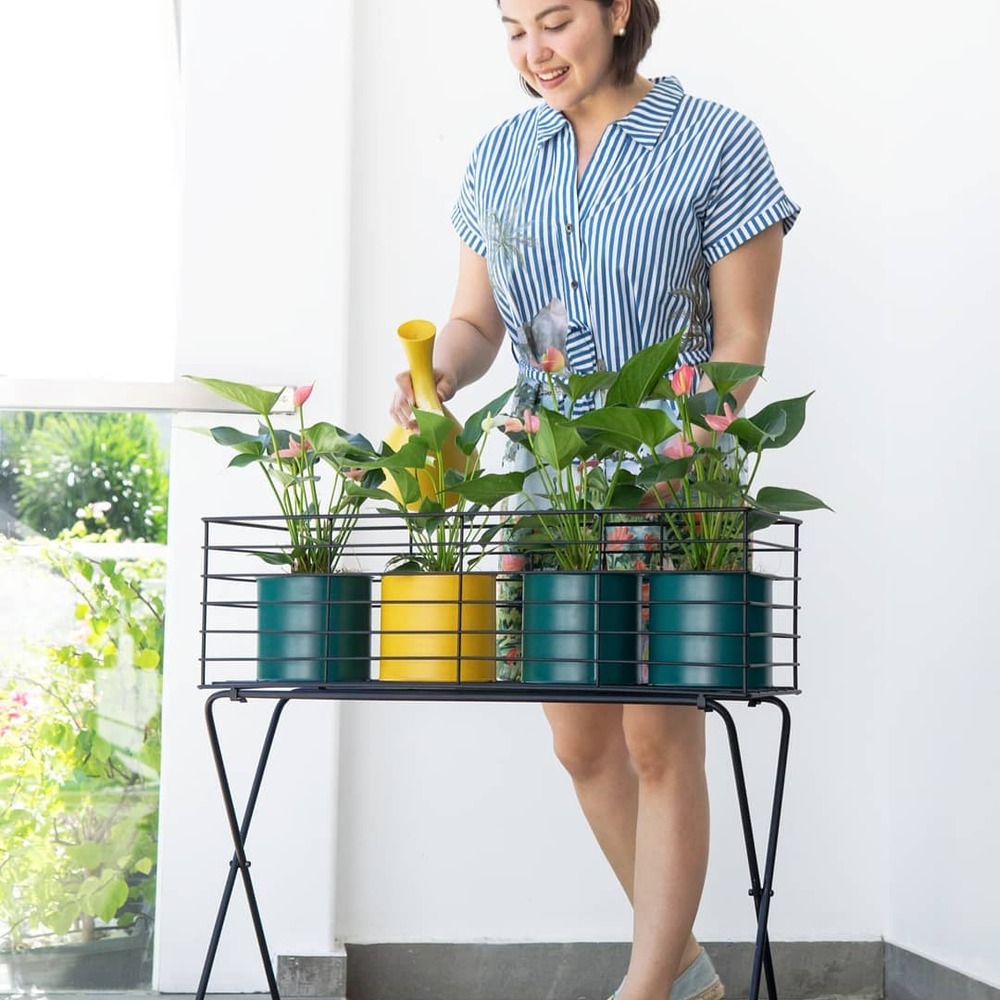
#6 Mood Enhancement - Blooming With Bliss
In the dance of petals and leaves, there's an unsung harmony that boosts our mood and shields us from the claws of depression and anxiety.
Research in the field of environmental psychology consistently demonstrates that the presence of plants can lead to significant improvement in mood and reductions in mental fatigue.
A Harvard study revealed that people feel more compassionate towards others, have less worry and anxiety, and feel less depressed when flowers are in their homes. Another notable study from the University of North Florida found that active interaction with indoor plants, like touching and smelling, can reduce physiological and psychological stress. It goes beyond admiring the beauty indeed; it's about interacting with them instead!
#7 Green Is the New Smart - Cognitive Benefits of Plants
Amidst the foliage lies a hidden gift - enhancing our cognitive functions. Numerous studies have shown that plants in both living and working spaces can improve concentration, memory, and productivity. This cognitive boost is attributed to the calming effect of natural environments, increasing the agility to focus on processing information.
A study at the University of Michigan highlighted that interacting with nature, even indirectly through plants, can increase memory retention by up to 20%. Another remarkable study in the Journal of Environmental Psychology found that students in a classroom with plants showed a 70% improvement in attentiveness.
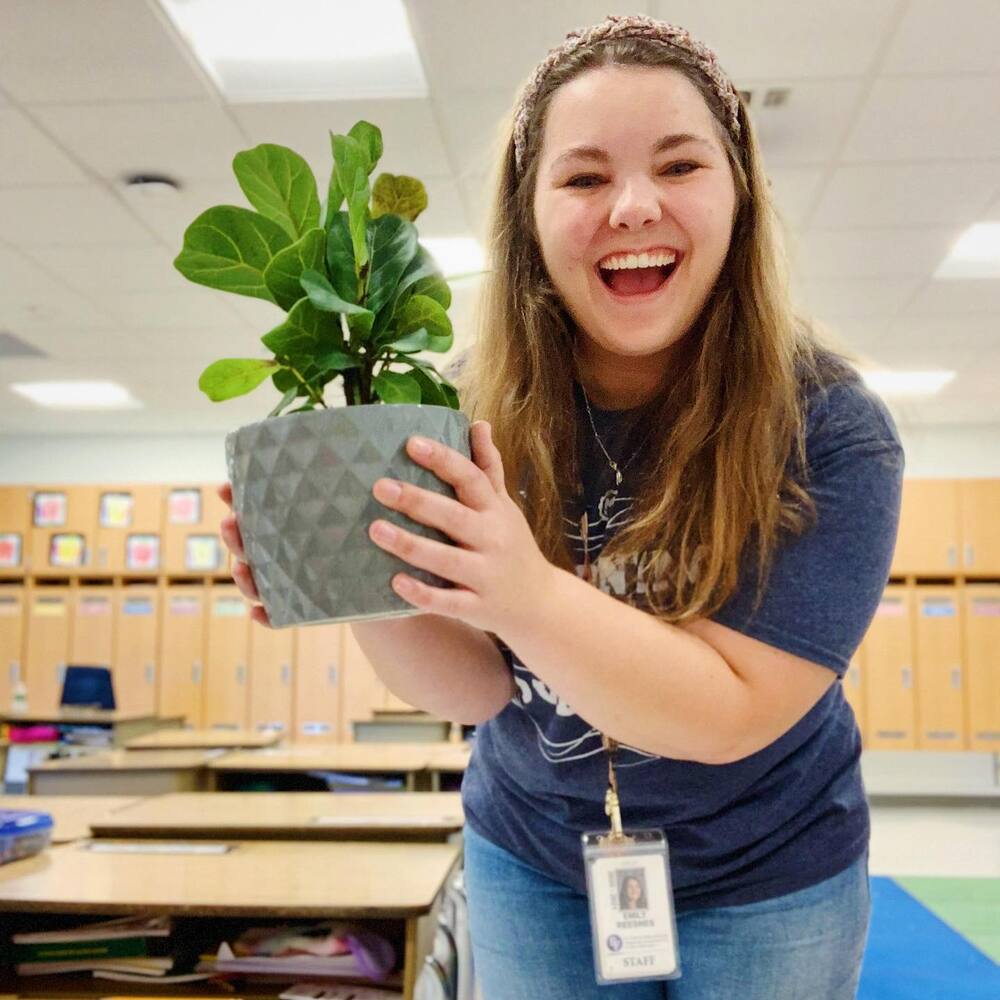
#8 Biophilia and Horticultural Therapy - Nature's Prescription for Mental Healing
The concept of biophilia suggests that humans possess an innate tendency to seek connections with nature. This theory, backed by research, demonstrates the therapeutic effects of plant interactions.
Horticultural therapy, a practice to improve mental health, is gaining momentum as a powerful tool in treating and managing various psychological disorders, including PTSD, depression, and anxiety. It's not about planting seeds in the soil; it's about planting seeds of hope in our hearts.
Vibrant Role of Flowers in Blossoming Communities
Flowers and plants are vital catalysts for social interaction and the roots that anchor our community structure. They verdant the very fabric of our social interactions and educational framework.
#9 Community Gardens as Social Hubs
Community gardens are fertile grounds for friendships, social interactions, and community building. These green spaces serve as natural meeting points, fostering interactions among diverse groups. The simple act of nurturing plants becomes a shared endeavor transcending age, culture, and background, creating a unique space for connection and collaboration.
A study by Dr. Jane Greenfinger at the University of Blossomville found that participants in community gardening projects reported a significant increase in neighborhood friendships. It's related to the phenomenon that sees people swapping seeds and stones, leading to a blossoming of community spirit by enhancing social networking, and cultural exchange, and even reducing crime rates in the neighborhood.
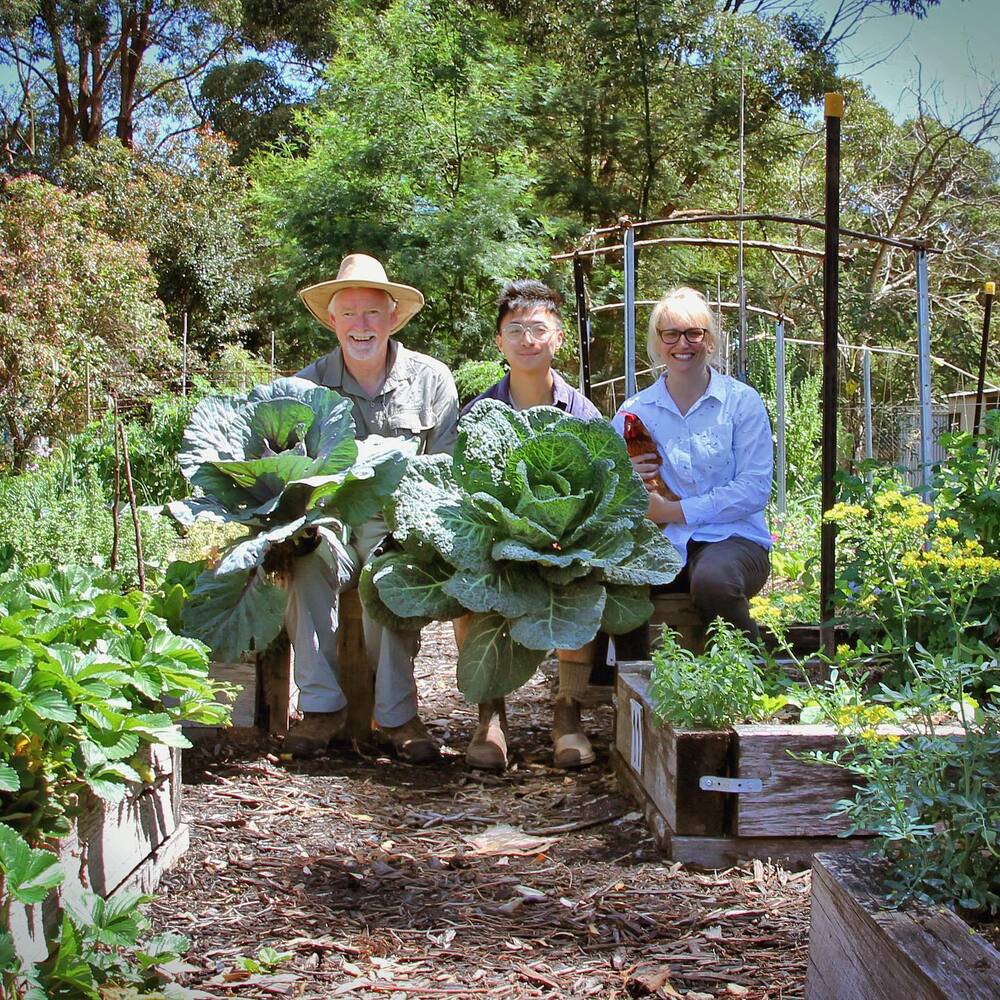
#10 Green Thumbs Wise Minds - Plants as Educational Powerhouses
Beyond the soil, plants offer a hands-on way to explore the realms of ecology and botany, providing learning opportunities for all ages, from elementary schools to universities.
Educational programs integrating gardening have been shown to enhance students' understanding of natural processes, responsibility, and environmental stewardship.
In her groundbreaking work, "The Green Classroom," Dr. Flora Petal reveals that students engaged in school gardening projects display increased enthusiasm for learning and improved academic performance.
A similar experimental study named "School Garden Project," cited in the Journal of Environmental Education, demonstrates the same.
This approach roots education in real-world experiences, allowing students to see, touch, and understand the science of life in a way no textbook can. This botanical journey is an educational adventure from seed germination to ecosystem interaction.
#11 The Cultural, Historical, and Spiritual Significance of Flora
The cultural significance of plants extends far beyond their aesthetic appeal. They are deeply entwined with our history, spirituality, and traditions.
The Journal of Ethnobiology and Ethnomedicine is rich with examples, like using the marigold in Indian culture not just as a decorative flower but as a symbol of prosperity and happiness in religious and wedding ceremonies.
In her book Blossoms of Belief, well-known cultural anthropologist Lily Stembridge also illustrates how plants are deeply intertwined with cultural rituals, traditions, and symbols worldwide.
From the sacred lotus in Eastern religions to the poppies on Remembrance Day, plants and flowers are not just a part of our environment; they are embedded in our history and spirituality, offering a window into diverse cultures and beliefs.

The Environmental Benefits of Our Green Guardians
The environmental contributions of plants and flowers are not just delightful additions to our world; they are vital for the sustainability of our planet. They are green guardians playing crucial roles in biodiversity support, urban green spaces, and pollution reduction.
#12 Guardians of Ecosystem Support
Plants and flowers are pivotal in maintaining biodiversity and ecological network. They are fundamental in supporting various ecosystems, offering food and habitat to many wildlife species, from the tiniest insects to the most majestic birds, including bees and butterflies.
Research has shown that native plants, in particular, play a critical role in supporting local wildlife and maintaining ecological balance.
Even a tiny garden can become a biodiversity hotspot in urban and household settings. Native flora significantly enhances the presence and diversity of native fauna, especially pollinators. One such study published in the Journal of Applied Ecology illuminated the role of urban gardens in supporting bee populations.
These floral havens serve as pit stops for pollinators, offering them a smorgasbord of nectar and pollen, even in concrete jungles.
#13 Urban Green Spaces - Lungs of Our Cities
Plants and flowers are crucial for sustainable and livable cities. Urban green spaces, from parks to green roots, act as the city's lungs, acting more than just architectural statements. They provide a respite from the urban heat island effect, where city areas experience higher temperatures due to concrete and asphalt absorbing heat.
Studies have found that urban parks and gardens can significantly lower surrounding temperatures by up to 4°C while improving the air quality, making cities more habitable and reducing the need for air conditioning.
These green oases also offer city dwellers a much-needed connection with nature while providing breathable, livable, and mentally soothing environments in the heart of still jungles.

#14 Nature's Climate Warriors - Plants in Pollution Reduction and Climate Regulation
Plants are nature's answer to climate change and pollution, and this property is remarkable. Through photosynthesis, they absorb carbon dioxide and release oxygen while also absorbing other pollutants like nitrogen dioxide and particular matters prevalent in urban settings.
Furthermore, plants play a crucial role in cooling urban areas, with green roofs and walls helping reduce city ambient temperatures. This natural cooling effect is vital in the age of global warming, offering a sustainable solution to climate regulation.
Additionally, vegetation has been shown to reduce noise pollution in urban areas, acting as natural sound barriers that absorb, deflect, or refract sound waves.
The Artistic Symphony of Flora
Flowers and plants are vibrant collaborators in the realm of aesthetics and creativity. Let's understand this verdant world, where the amalgamation of nature and art creates a canvas of endless possibilities.
#15 Nature's Touch in Urban and Interior Design
Urban and interior design have long recognized the profound impact of greenery in beautifying living spaces.
Scientifically, it's a no-brainer: studies have shown that the inclusion of plants in office spaces not only boosts mood but also enhances the aesthetic appeal, making the environment more welcoming and stimulating and enhancing the overall productivity of the occupants.
In residential areas, flowers and plants add a soothing natural element. Even a single indoor plant can significantly increase the perceived attractiveness of a room. They introduce a dynamic element of natural beauty, often becoming focal points in minimalist or modernistic designs.
Moreover, in urban landscapes, the strategic placement of green spaces has been linked to increasing property values and improved social cohesion. All these contribute to the testament of how the right turn or flower can turn a room from a sterile space into a sanctuary.
The use of plants in interior designs, often termed 'biophilic design,' is grounded in our innate connection to nature. When fostered in our living and working spaces, this connection has been proven to relieve stress.
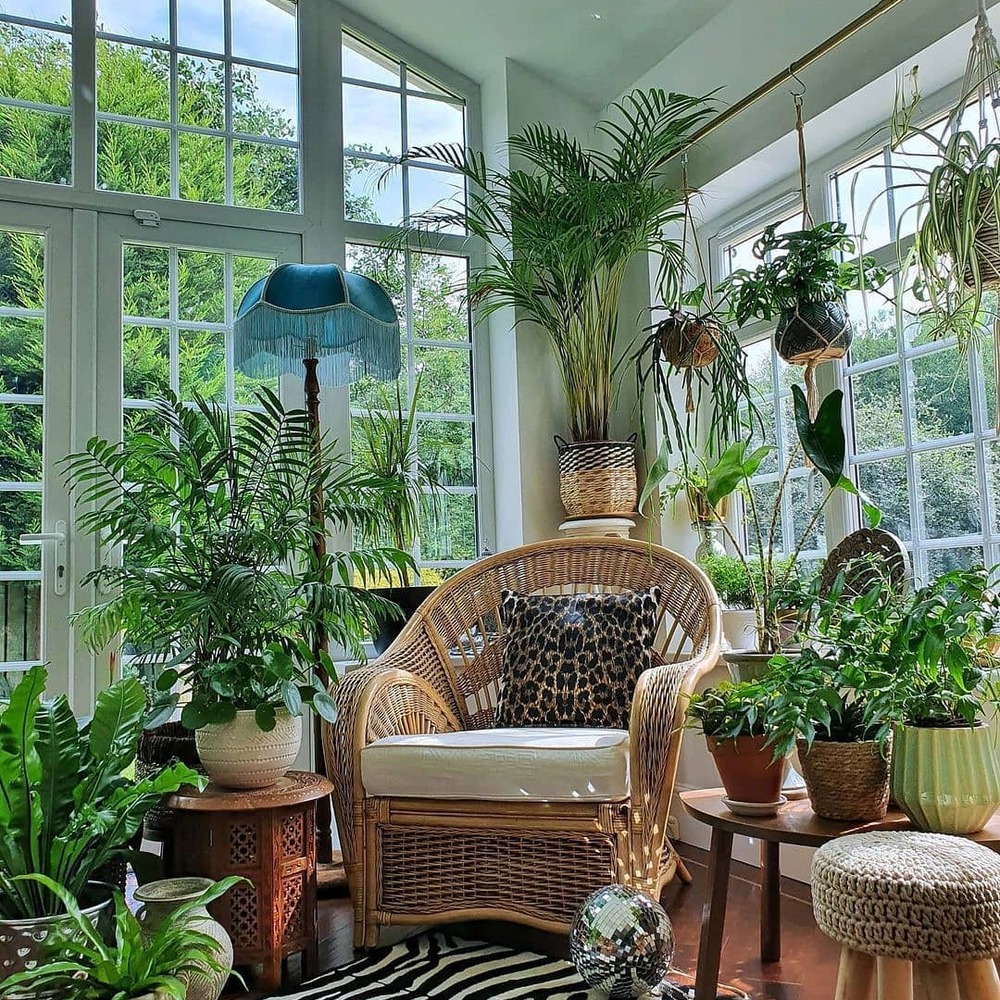
#16 Blooming Inspiration for Art, Fashion, and Cultural Expression
Nature's beauty never ceases to amaze us! Flora is a source of inspiration for art, fashion, and culture. Be it William Morris designs or haute couture motifs, organic forms always find a way to make a statement.
Alexander McQueen's floral patterns blend petal delicacy with avant-garde design, creating unique pieces that are both bold and beautiful. Moreover, biomimicry in product design has enabled us to innovate materials and structures, thanks to plants.
Even graphic design and architecture benefit from the fluidity of flora forms, which break rigid lines and geometries, bringing a touch of elegance to every creation!
Additional Unique Benefits and Practical Application
We are exploring the lesser-known yet scientifically fascinating benefits of flowers and plants. Let's understand how these natural wonders contribute to our everyday lives in practical and unexpectedly beneficial ways.
#17 Nature's Own Thermostat
Believe it or not, plants are nature's air conditioners and humidifiers. Through a process known as transpiration, plants release moisture into the air, which can lead to a cooler and more comfortable indoor environment.
Studies show that rooms with plants have a higher humidity level and can maintain cooler temperatures than those without. Research from the University of Agriculture in Pakistan highlighted how the Areca Palm, when placed indoors, can effectively modulate indoor temperatures.
This biologically savvy temperature regulation also reduces the reliance on mechanical air conditioning, leading to energy savings.

#18 How Plants Reduce Noise Pollution
Our urban jungles are often cacophonies of unrelenting noise. However, plants are natural sound absorbers. Research from RMIT University in Melbourne demonstrated that plants can reduce noise levels by up to 5 decibels in urban environments.
This is particularly effective in urban areas where hard surfaces reflect and amplify sound. Leafy plants in indoor spaces or gardens can significantly reduce ambient noise, creating a more serene environment.
#19 Boost Focus and Enhance Productivity With Green Focus
Turning to the workspace, the presence of plants can do wonders for focus and productivity. Research from the University of Exeter found that employees working in environments with natural elements such as plants reported a 15% increase in productivity compared to those in 'lean' workspaces.
This surge in productivity is attributed to the psychological benefits derived from exposure to greenery, reinforcing the notion that a touch of nature can invigorate the mind.
#20 Sustainable Urban Living With Urban Farming
Urban farming is sprouting up as a sustainable solution for modern living challenges.
It's a revolution in how we approach city living. By integrating agriculture into urban areas through rooftop gardens, critical farming, and community plots, we beautify our cities and contribute to food security and ecological balance.
This form of agriculture reduces food miles, ensures fresher produce, and reconnects urban dwellers with their food source, all while promoting biodiversity and sustainable urban systems.
Embracing the Green Revolution
Floras are crucial in improving our physical environment, enhancing our mental well-being, and paving the way for a more sustainable future. They are integral to our well-being and the health of our planet.
Let's embrace the greenery not just for its multi-faceted appeal but for the myriad ways it enhances our lives, making our world a more livable and joyous place, one plant at a time, for a healthier, happier world.
References
- Ahmed, H.S. et al. (2010). "Effect of urban green spaces and trees on cooling urban microclimates." Journal of Agriculture and Environmental Sciences, University of Agriculture, Pakistan.
- Khan, A., et al. "Role of Indoor Plants in Temperature Regulation." University of Agriculture, Pakistan.
- RMIT University. (2015). "The Impact of Plants on Noise Reduction in Urban Environments."
- Knight, C., & Haslam, N. (2009). "The Relative Merits of Lean, Enriched, and Empowered Offices: An Experimental Examination of the Impact of Workspace Management Strategies on Well-Being and Productivity." Journal of Experimental Psychology: Applied, University of Exeter.
Header image by @growwithks, feature image by @houseplusplant/

